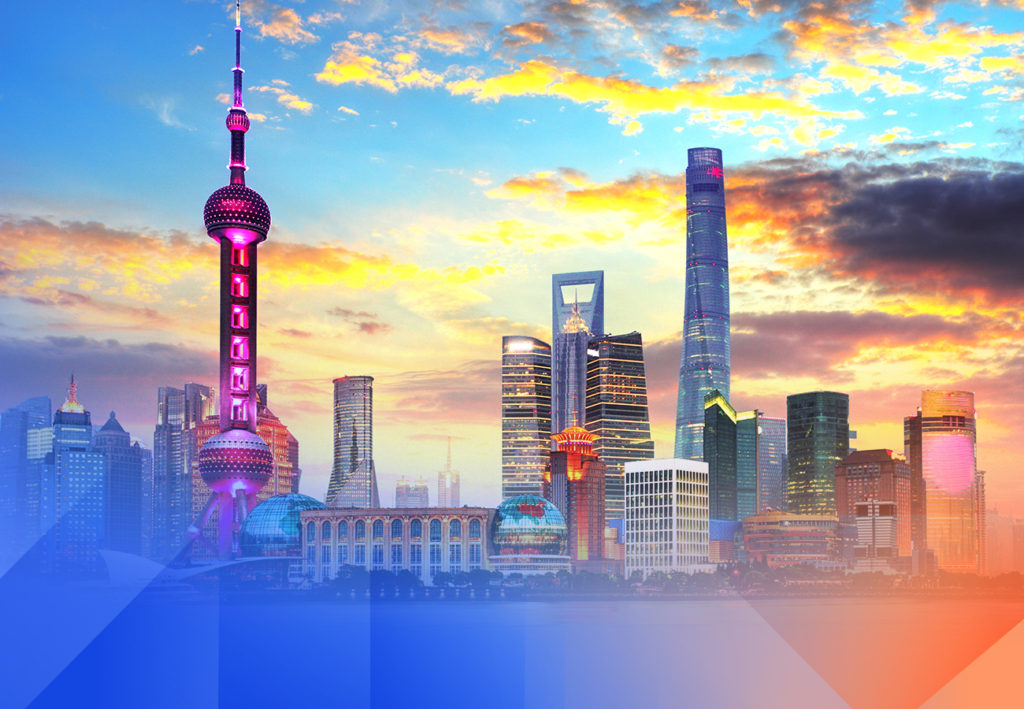In recent years, Singapore has emerged as one of the most dynamic real estate markets in the world, witnessing a persistent surge in property prices that has captured the attention of investors and homebuyers alike. But what lies behind this upward trajectory? Is it simply a reflection of global economic trends, or are there unique, local factors at play? As we delve into the intricate web of market forces—ranging from government policies and urban development initiatives to shifting demographics and foreign investment flows—we uncover the key insights that not only explain this phenomenon but also offer guidance for prospective buyers.
Whether you’re a first-time homeowner, a seasoned investor, or someone curious about the market’s resilience, understanding the nuances of Singapore’s ever-evolving property landscape is essential. Buckle up, because this journey through the complexities of supply and demand in one of Asia’s most vibrant cities promises to be both enlightening and revealing.
Economic Resilience: How Singapore’s Economy Fuels Real Estate Growth

Singapore’s economy stands as a paragon of resilience, a robust edifice built on innovation, international trade, and strategic investments. Amidst a rapidly changing global landscape, the city-state has consistently adapted, leveraging its geographic advantage and skilled workforce to attract foreign capital and talent.
This economic dynamism not only enhances the overall prosperity of its citizens but also fuels a burgeoning real estate market, where demand continues to outstrip supply. Developments like River Green exemplify the kind of modern, high-quality housing that is increasingly sought after by both locals and expatriates alike. With low unemployment rates and a steady influx of expatriates, the appetite for quality housing remains insatiable.
As businesses flourish, so too does consumer confidence, translating into increased investments in property. Thus, Singapore’s economic vitality is intrinsically linked to its real estate growth, creating a landscape ripe for buyers looking to capitalize on rising property values in this thriving metropolis.
Demand Dynamics: The Role of Population Growth in Property Valuations
Population growth is a crucial driving force behind the rising property valuations in Singapore, dramatically altering the landscape of its real estate market. As the city-state continues to attract talent and businesses from around the globe, its dense urban environment struggles to accommodate the ever-increasing demand for housing.
This surge in inhabitants not only fuels competition among potential buyers but also escalates the prices of available properties, often outpacing wage growth and creating a sense of urgency in the market. Furthermore, government policies aimed at curbing speculation have inadvertently intensified the demand, leading to a paradox where the very efforts to stabilize the market contribute to its volatility.
Buyers navigating this dynamic scenery must remain acutely aware of the nuances of supply and demand, as the push of population growth amplifies the allure—and cost—of Singaporean real estate.
Government Policies: Navigating the Impact of Urban Planning and Regulations
 Government policies play a pivotal role in shaping the landscape of property prices in Singapore, intricately linking urban planning and regulatory frameworks to market dynamics. The governments strategic initiatives, such as land use optimization and the implementation of the Urban Redevelopment Authoritys master plan, aim to create vibrant, sustainable communities. These policies not only dictate the availability of housing but also influence the aesthetic and functionality of neighborhoods, thus directly impacting property demand.
Government policies play a pivotal role in shaping the landscape of property prices in Singapore, intricately linking urban planning and regulatory frameworks to market dynamics. The governments strategic initiatives, such as land use optimization and the implementation of the Urban Redevelopment Authoritys master plan, aim to create vibrant, sustainable communities. These policies not only dictate the availability of housing but also influence the aesthetic and functionality of neighborhoods, thus directly impacting property demand.
Moreover, stricter regulations on property purchases, especially for foreign buyers, can either tighten the market or stimulate it, depending on the prevailing economic context. As infrastructure investments soar, bolstered by government backing, the charm of urban living continues to attract buyers, driving property values upward.
In this complex interplay of factors, understanding the nuances of governmental interventions becomes crucial for prospective buyers navigating the ever-evolving property landscape in Singapore.
Conclusion
 In conclusion, the rising property prices in Singapore can be attributed to a combination of factors, including strong demand driven by a growing population, limited land availability, and robust economic fundamentals. For potential buyers, understanding these market dynamics is crucial in making informed investment decisions.
In conclusion, the rising property prices in Singapore can be attributed to a combination of factors, including strong demand driven by a growing population, limited land availability, and robust economic fundamentals. For potential buyers, understanding these market dynamics is crucial in making informed investment decisions.
The luxury developments, such as River Green, exemplify the premium appeal of certain locations that continue to attract affluent buyers. As Singapores real estate landscape evolves, staying abreast of market insights will empower buyers to navigate this competitive environment and capitalize on opportunities that align with their goals.


